Marisa Wojcik:
Welcome to Noon Wednesday. I’m Marisa Wojcik, a multimedia journalist with Here & Now on PBS Wisconsin. Today we are continuing our discussion of Wisconsin’s spring elections. Election results came in Monday night for the presidential primary. Joe Biden had a healthy lead over Bernie Sanders, even though it became an uncontested race. And for state Supreme Court, justice or Dane County Circuit Court Judge Jill Karofsky had a 10 point lead over Justice Daniel Kelly. Even though in-person voting was held statewide last week, election clerks had until Monday to collect absentee ballots coming in through the mail. And this was based on a U.S. Supreme Court ruling made a day before last week’s elections and it said that ballots coming in on or before April 7th would be counted but also ballots postmarked in the mail by April 7th would also be counted. Now, this is particularly important as we’re talking to our guest today, the Executive Director of the City of Milwaukee Election Commission, Neil Albrecht and Neil, thank you so much for joining us.
Neil Albrecht:
Thank you for inviting me onto the show.
Marisa Wojcik:
Before we get into absentee ballots, I want to go over in-person voting in Milwaukee. Roughly 18,800 people voted in person at five polling locations. Was there no way to open more polling locations than just those five?
Neil Albrecht:
Well, that’s a great question and there really is nothing that I would have liked to do more than have opened five polling locations in the city of Milwaukee. Obviously that was really a significant decrease from the normal 180 voting sites that we operate which would be very neighborhood based. The problem that we really kept encountering was the fact that Milwaukee is the epicenter of the COVID-19 pandemic in the State of Wisconsin and each day we were learning of spiking cases in the city of Milwaukee, hotspots in certain neighborhoods like the Sherman Park neighborhood. And that information was being communicated to the public in a way that was really encouraging them to consider their personal safety and to take precautions to protect themselves and all the other appropriate communication that was being pushed out around people ensuring their continued health. That was really the backdrop then to our election worker recruitment efforts and of course in the guidance that people were receiving was don’t participate in any kind of community gathering. And that’s really what in-person voting is, is a community gathering. So the fact that we were recruiting election workers and asking them to do this was really contradictory to everything else they were hearing about the pandemic. And so normally, we would have an election worker staff for a presidential primary of somewhere around 1800 to 2200 election workers. Holding onto our election workers was really like trying to hold onto water because each day, the news became more dire in the city of Milwaukee about cases. So by the, maybe I’d say a week prior to the election, we were actually down to somewhere around 250 experienced election workers out of the roughly 2,000 that we would normally have. Not only did we need to staff these sites but we needed to staff them in a way that we knew would protect the safety of the election workers and the public but also protect the integrity of the election. We couldn’t have sites, for example, that were so short staffed that procedures became compromised. So it was a very difficult decision to make. I felt like we were risking the health of our election workers and the public by going with these five voting centers but we were really placed in the position of having to make that decision. To this day, I do not believe that in-person voting should have occurred in the state of Wisconsin during a pandemic, but particularly not in the city of Milwaukee where there are real questions now around whether or not people were exposed to COVID-19 during their voting experience.
Marisa Wojcik:
And I want to get into that but first I want to ask you based on what happened last week for in-person voting in Milwaukee. Last week I spoke with Mayor Dean Kaufert from the City of Neenah and they talked about these creative solutions that they had to make the elections work, including taking an empty shop co and retrofitting it to a massive pole, single polling location. Going forward, do you think individual geographic locations in Wisconsin should be making their own creative solutions to make the election happen or should communities be held to the same standard statewide? Should the legislature get involved? How should that look as we are looking towards future elections as this pandemic might be going on?
Neil Albrecht:
So what was disappointing to me was I think from the perspective of the legislature and the administration of the election, the messaging was really business as usual. And even though we were in the midst of a pandemic, there was, I would think of it as almost rhetoric about how this is democracy and it was important for us to move forward and really no recognition of what municipalities were struggling with in terms of the volume of absentee voters, how absentee voters were struggling with securing witnesses for their absentee ballots. And then of course the issue of voting sites and staffing for those voting sites. And I know Milwaukee was not alone. I know that other municipalities, like Green Bay, for example, really struggled with our election worker staffing given the evolving and spiking cases of a pandemic. So to answer your question, I would hope that the state as a whole can better respond in the future, particularly state leadership when it comes to crises, amidst an election and that maybe that could create a higher level of uniformity across the state. I think it’s very unfortunate. It created a very unlevel playing field, if you will, that Milwaukee was so restricted while other municipalities that maybe weren’t experiencing the same rates of COVID-19 infections that Milwaukee were, were able to offer their voters so much more. That’s really not what democracy should look like in this state.
Marisa Wojcik:
Late last week though, Wisconsin Department of Health Services announced that they were going to be increasing contact tracing because the election was held in person and in particular they were going to give at least a hundred staff people to Milwaukee alone to understand how the election might have impacted the spread of the corona virus. What have you heard about those resources? Are you working with the Department of Health Services?
Neil Albrecht:
I have not had direct contact with the Department of Health Services. It’s quite possible that the Milwaukee Health Department has. That was the other reason that we had to be so cautious about limiting the number of voting centers is we had to establish what I have identified as a very meaningful marriage with the Milwaukee Health Department on our operations of the centers. It could not be business as usual. We could not rely on the experience of our election workers or even the National Guard in terms of how to operate a site in a manner that protected the election and protected the public. So we’ve had an ongoing relationship with the Milwaukee Health Department throughout our preparation of opening the voting centers and they may also have some ongoing communication. I know this is a concern for them as well, tracking the potential for changes in the curve around cases of COVID-19 in Milwaukee as a result of the election. I am glad to know that this is something that is being closely monitored because again, I don’t think voters in any municipality shouldn’t have had to choose between their health and casting a ballot in this election. People should have never been placed in that position.
Marisa Wojcik:
As the Executive Director of the Milwaukee Election Commission, is that information that you’re going to need to know as you are making decisions for elections going forward, how an election might impact the curve, how people interacting in person might impact the spread of the virus. Are those things that you will have to take into consideration when you’re making decisions?
Neil Albrecht:
Absolutely, it was one of the reasons that the city of Milwaukee in particular but I also know it was health officials across the state saying, do not move forward with in-person voting in the State of Wisconsin. We are jeopardizing the health of the public by doing this. That being said, I mean none of this really, all of this should have been anticipated and certainly we have had a lot of crisis management training that has been provided to us by the Wisconsin Elections Commission. None of it was specific to a pandemic. This has been a learning experience for us and it was one we had to go through in a very small window of time. I recently reported to my board of election commissioners that when at the time the February primary occurred, which is just six weeks before the Spring Election, there were no active COVID-19 cases in the State of Wisconsin and of course, by six weeks later, by the date of the election, there were thousands of, so it was a rapidly evolving situation and again, one that I believe we all learned from as we go into the August primary and the November election.
Marisa Wojcik:
Many people who ended up voting in person did so because they never received their absentee ballot since the election. We have learned that in some cases, the United States Postal Service did not deliver ballots to voters. Tubs of ballots were found returned. Milwaukee is the big hub of mail in the state. Have you heard what happened with these ballots that never reached voters?
Neil Albrecht:
So that’s a very good question. Our initial position, because we were hearing this going into the election, we were literally responding to thousands of contacts with voters per day because we had sent out over 95,000 absentee ballots in the city of Milwaukee. And our initial approach was to really kind of stand back because we knew that the Wisconsin Elections Commission was in ongoing communication with USPS over what was occurring. It wasn’t unique to the city of Milwaukee. I think municipalities across the state are reporting issues with the delivery of absentee ballots and voters not receiving those absentee ballot. It’s quite possible that it is the most pronounced in the city of Milwaukee given our population. Coming out of the election, I began to have direct communication with officials with the Lakeland district, which covers the city of Milwaukee, just sharing statistics and information. We pulled our mail house, the city’s mail house into those discussions because my expectation, and I think if the expectation of Wisconsin voters as well, is that a real investigation occur into what happened because we had a lot of very smart residents in our city, particularly people in high risk categories who requested absentee ballot that they never received. And then we’re left with either going to a voting center on election day as a member of a high risk community or not voting in the election at all. And I know a lot of people had to make very difficult decisions around that. And I also know that a lot of people who had been lifetime voters missed out on participating in this election. I do want to say that it is important to acknowledge that Wisconsin is not a by-mail voting state. And so the state itself, everything from municipal clerks to the Wisconsin Election Commission and the statewide voter registration database, which is used for tracking absentee voters to the post office really went into this election without the capacity or the infrastructure for the volume of absentee voting that occurred. And again, I think going into this fall election cycle, we all really need to examine and audit what is necessary to move us closer toward being a by-mail absentee state.
Marisa Wojcik:
And I do want to ask you about that in a moment. There were also ballots that were returned, potentially, had to postmark or were put in the mail by April 7th, which is what the U.S. Supreme Court requested but they were returned to clerks either without a postmark or with ambiguous marks and there was questions over whether those ballots would be counted. Ultimately, what happened? Did you not count those ballots or did you count those ballots?
Neil Albrecht:
Well, I’m glad you brought up this question because it really also represents the very unstable landscape in which absentee voting occurred. Where we were initially communicating to the public based on a ruling by a federal judge that they had until April 13 to return their ballot and then the night before the election, there was that U.S. Supreme Court ruling which said that ballots had to be postmarked by April 7th and received by April 13th to be counted. That changed the landscape completely the day before the election for absentee voters. And it added to the layers and layers of confusion that voters were feeling. When my board of election commissioners made the decision around how to treat ballots that did not have postmarks, they decided to count the 390 ballots we had in the city of Milwaukee that did not have postmarks. And I think I can speak for them when I say that, number one, we felt that enough people, including absentee voters, had already been disenfranchised just by the fractured and unstable environment in which this election occurred. And the disparities in terms of who had access and who did not have access to voting in this election, my board of commissioners did not want to add another layer to those disparities by disqualifying individuals who through no fault of their own sent in ballots that were not properly postmarked. And so just to be clear, the 390 include ballots that had illegible postmarks on them or no postmark on them or some of them had a unique postmark that really could not be explained to us. So that commission was put in the difficult decision of making a determination on how best to treat these ballots and again, given what we were experiencing, I think they made the best decision by not marginalizing another 390 voters in the city of Milwaukee.
Marisa Wojcik:
Going forward, you said Wisconsin is not a mail-in ballot state. Yesterday the Wisconsin Assembly met to discuss COVID-19 relief, legislative opportunities and Democrats tried to add amendments that would either A, make the next November election an all-mail in ballot or require that all registered voters at least be sent an absentee ballot. And that would have appropriate, they would have appropriated about $4 million for that endeavor. Based on what you said about Wisconsin not having the capacity, at least for this last election to conduct an all-mail and ballot election, would you be on board with elections in Wisconsin going forward being all mail-in?
Neil Albrecht:
Absolutely, I have some concerns about all mail-in elections because I’m aware of practices in states that have all mail-in absentee ballot, states like Washington and Oregon in particular. One of the challenges with all mail-in absentee elections is they don’t allow the opportunity for a same day registration and same day registration is really critical to the city of Milwaukee, which has the highest concentration of people in poverty in the state and people by the nature of poverty tend to be very transient. And so in Milwaukee, we are far ahead of other municipalities in the state in terms of our same day registration activity. One in five voters in a presidential election registered to vote and vote on election day. The problem with a by-mail only voting opportunity is it often requires people to register 30 days prior to the election. We have a lot of people in the city of Milwaukee who don’t know where they’re going to be living in 30 days to be able to meet that requirement. So I very much want us to move forward in a meaningful way with planning for this fall election. In that planning, I think we need to recognize all of the demographics of this state, including the city of Milwaukee and let’s not base the plan on people who are economically stable, people who have consistent or easy access to the internet, people who have the ability to upload an image of their photo ID using their smartphone or their iPhone. There is a significant demographic but particularly in the city of Milwaukee who will struggle with each one of those criteria that I just identified. We have to make sure that those people are represented and included in that planning process. And so I hope, and all I can do is hope, is that this state can be, the leadership of this state can be less politically polarized and focus more on democracy and ensuring that every person has the same equal access to cast a ballot, particularly regardless of their socioeconomic class.
Marisa Wojcik:
All right, Neil Albrecht, thank you so much for joining us.
Neil Albrecht:
Thank you for the opportunity to be on the show.
Marisa Wojcik:
For more from Here & Now and PBS Wisconsin, you can visit pbswisconsin.org. Make sure to tune into Here and Now this Friday night. And thank you so much for joining us on Noon Wednesday.
Search Episodes

Donate to sign up. Activate and sign in to Passport. It's that easy to help PBS Wisconsin serve your community through media that educates, inspires, and entertains.
Make your membership gift today
Only for new users: Activate Passport using your code or email address
Already a member?
Look up my account
Need some help? Go to FAQ or visit PBS Passport Help
Need help accessing PBS Wisconsin anywhere?

Online Access | Platform & Device Access | Cable or Satellite Access | Over-The-Air Access
Visit Access Guide
Need help accessing PBS Wisconsin anywhere?

Visit Our
Live TV Access Guide
Online AccessPlatform & Device Access
Cable or Satellite Access
Over-The-Air Access
Visit Access Guide
 Passport
Passport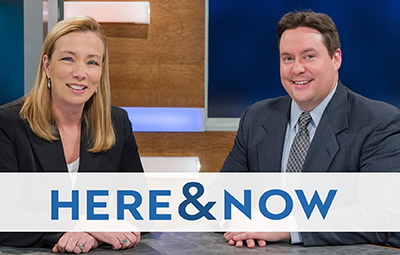
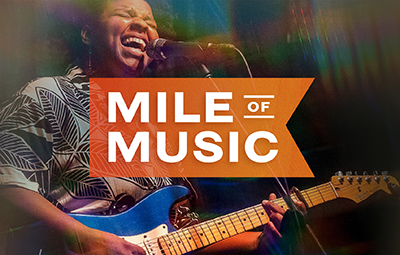

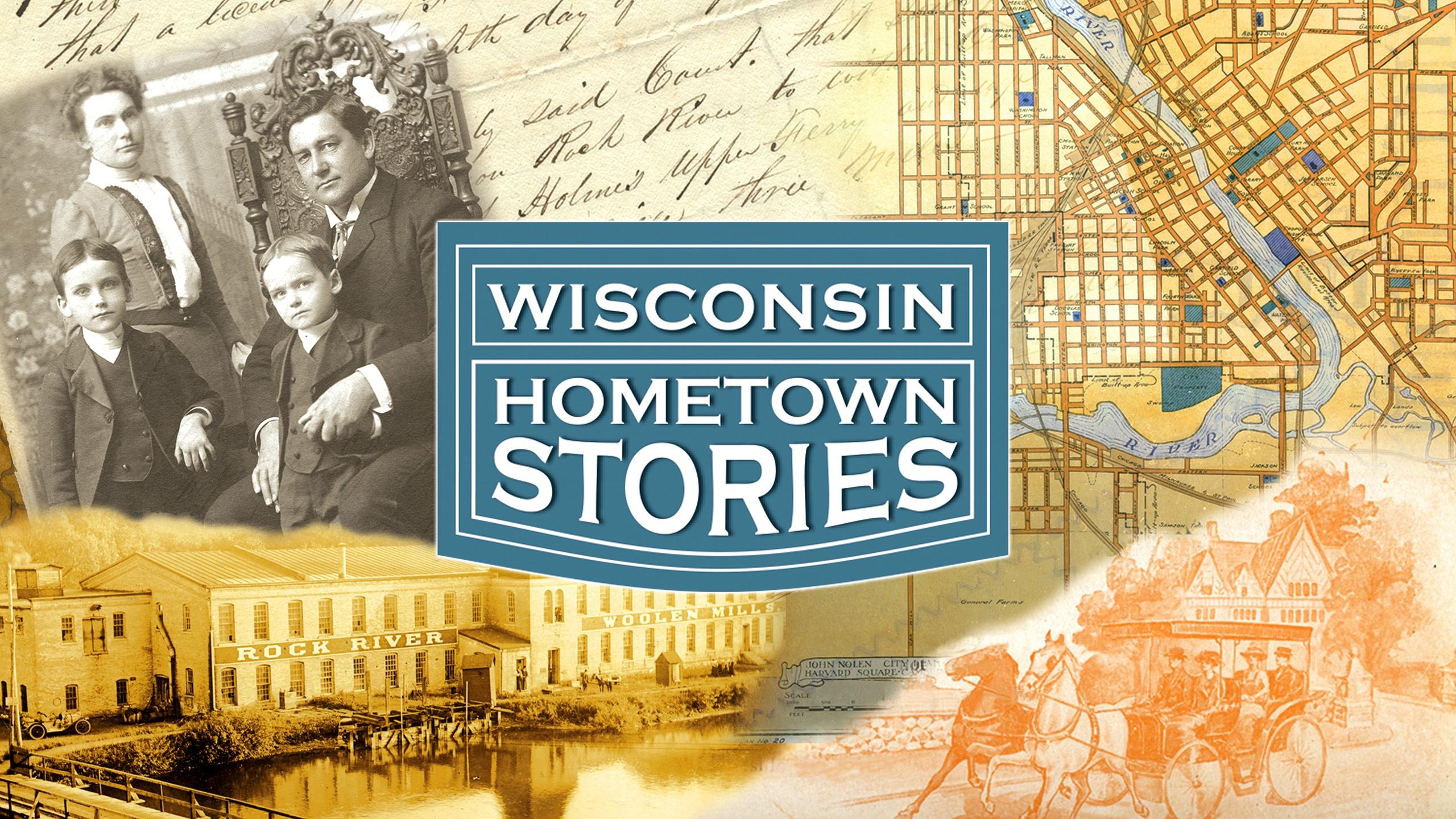


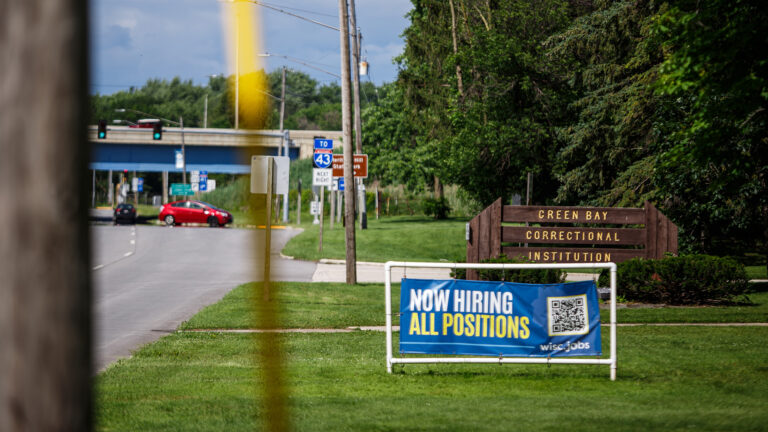
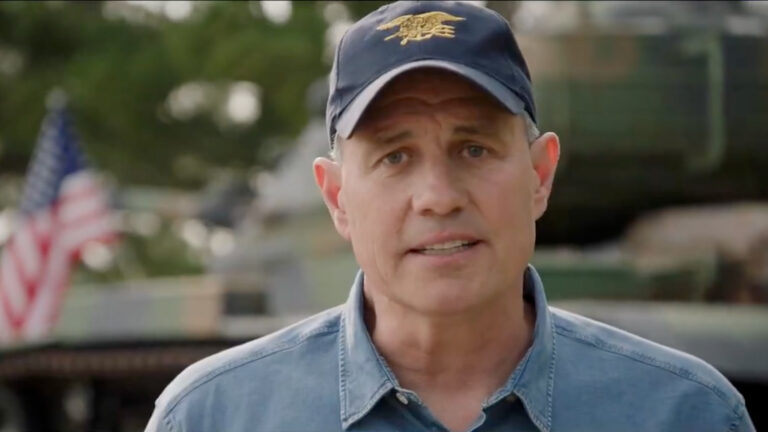
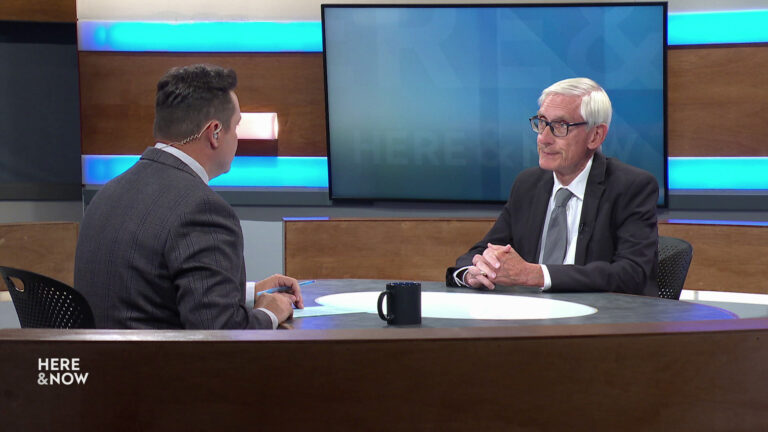
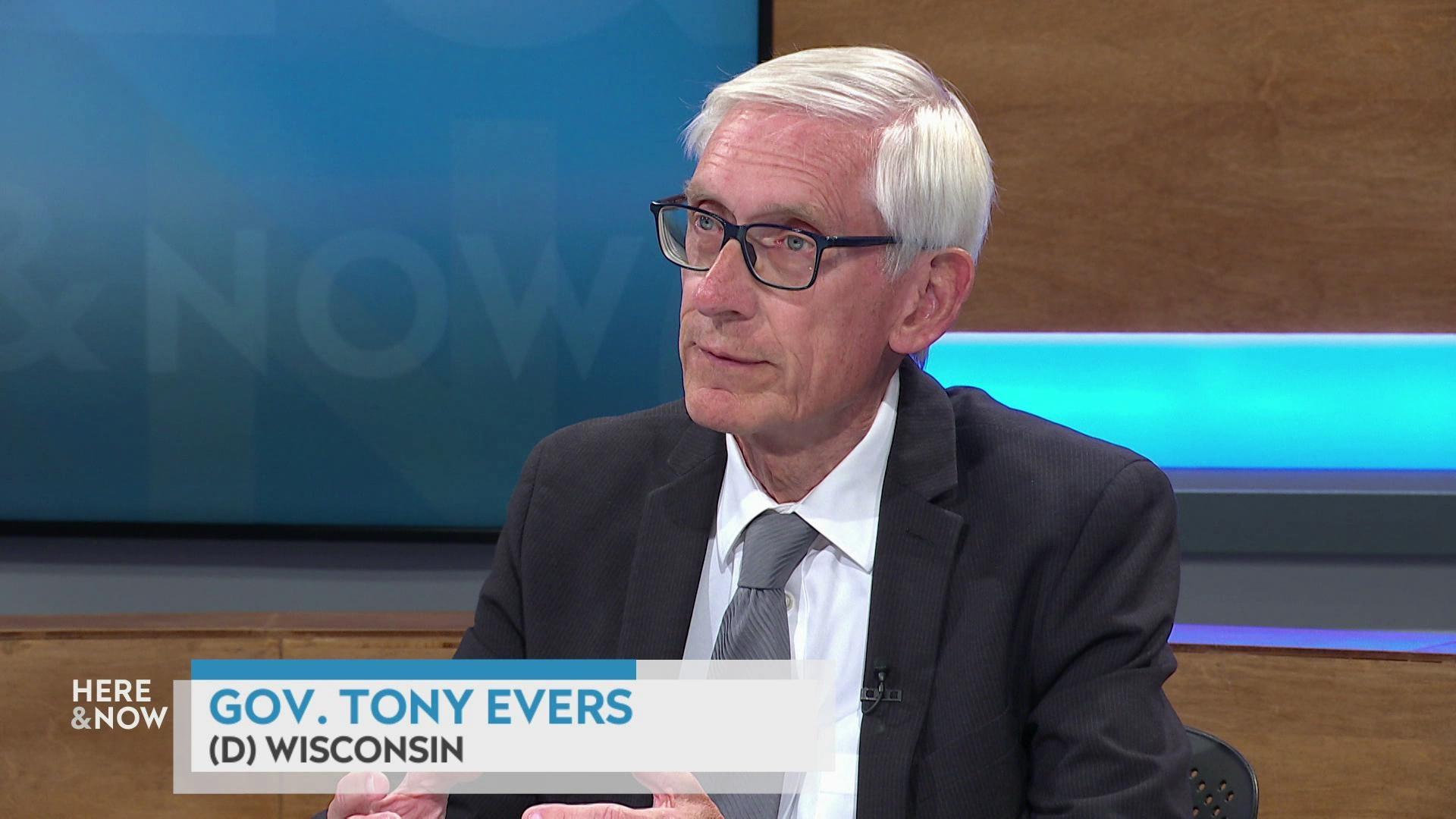
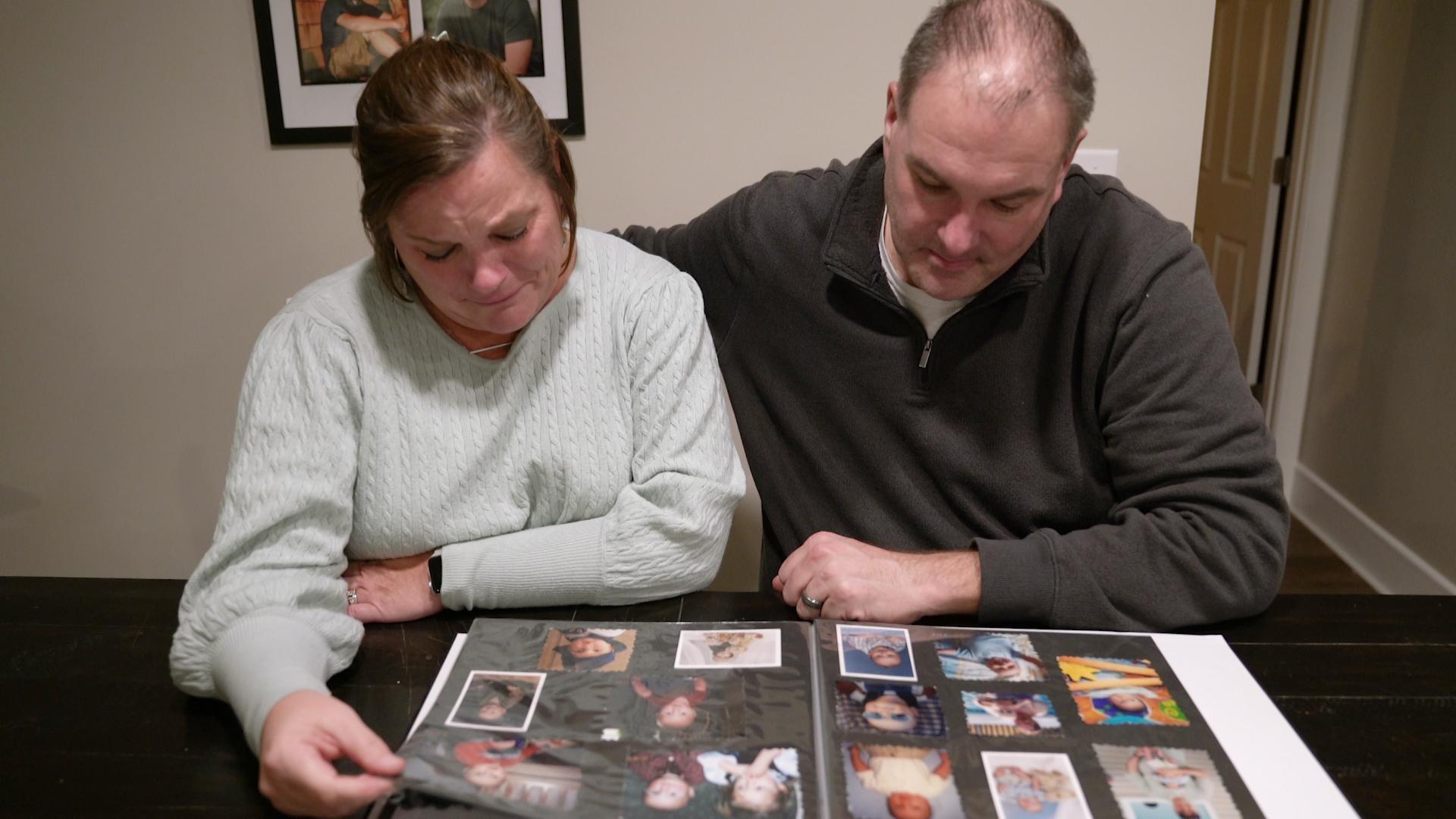
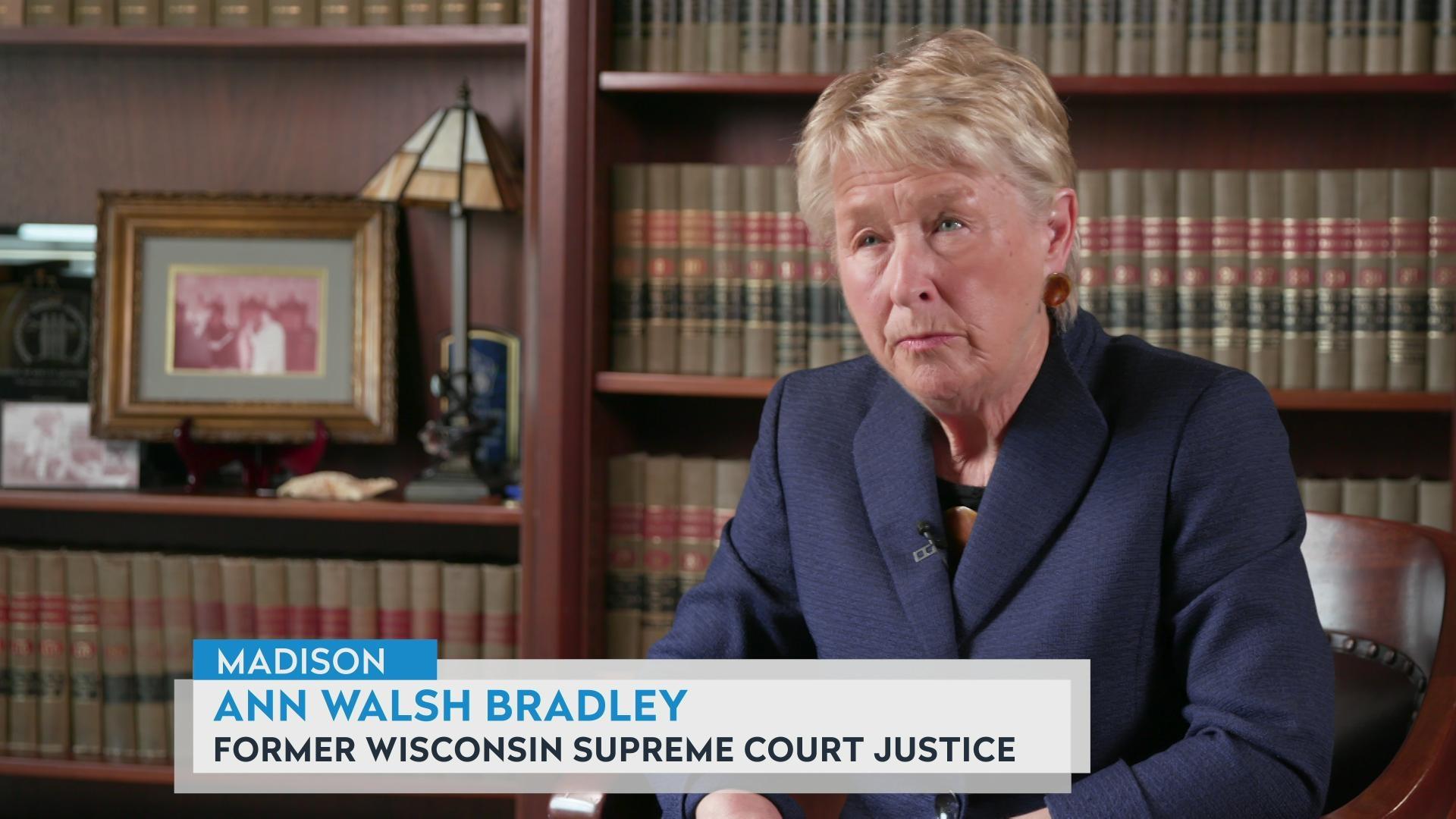
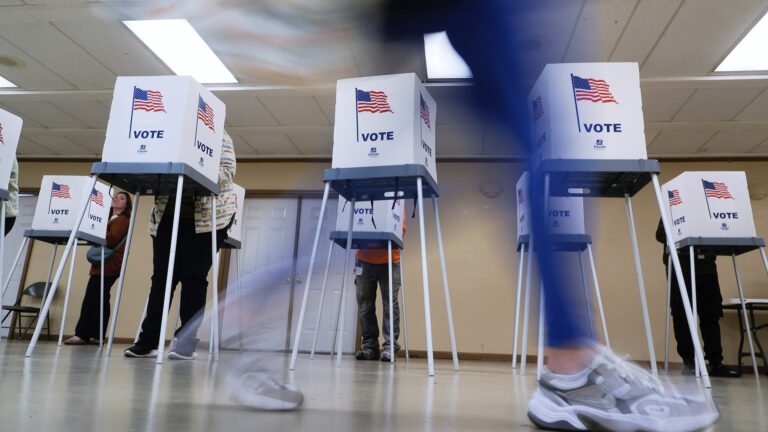
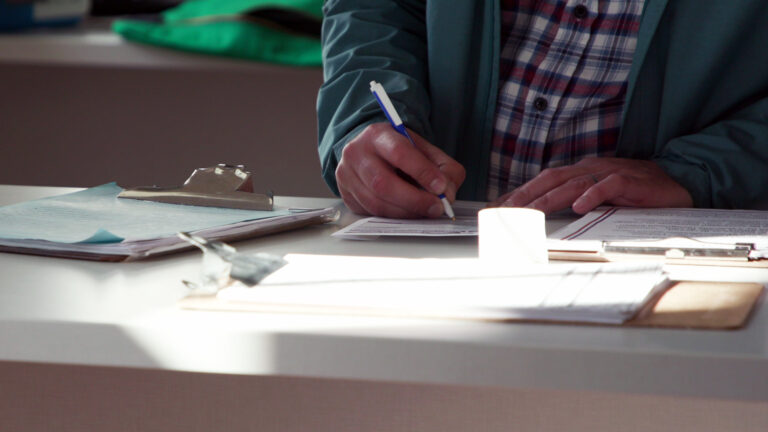
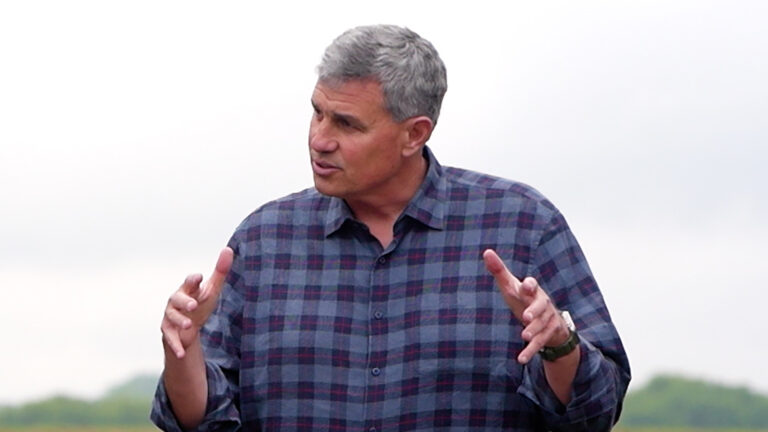
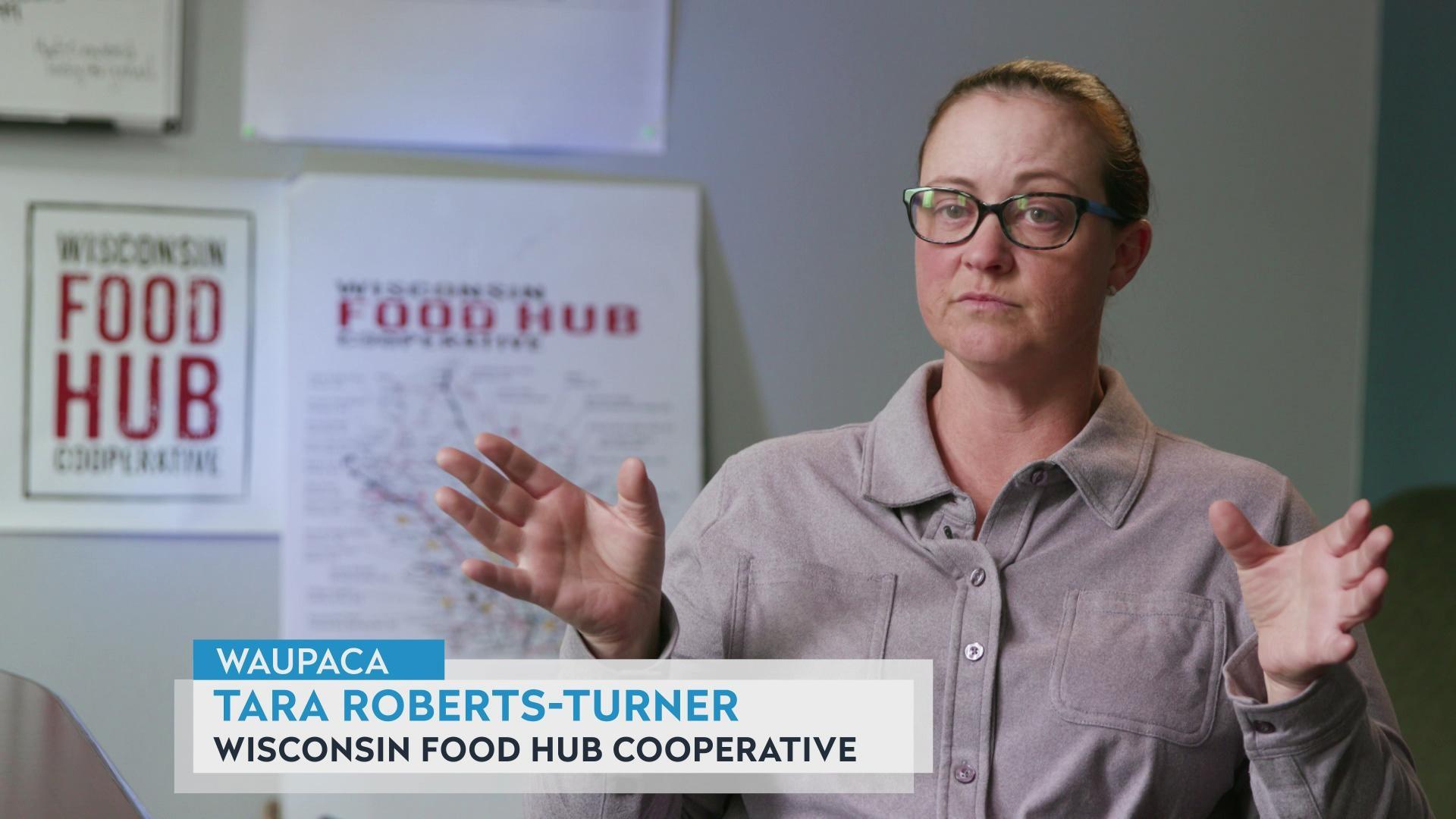
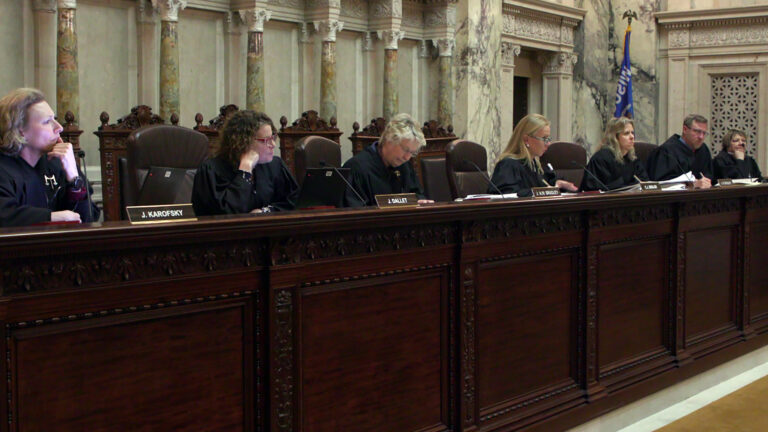
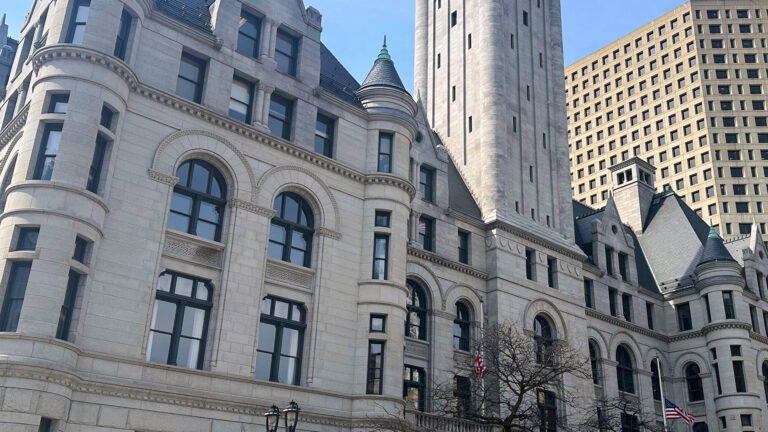

Follow Us